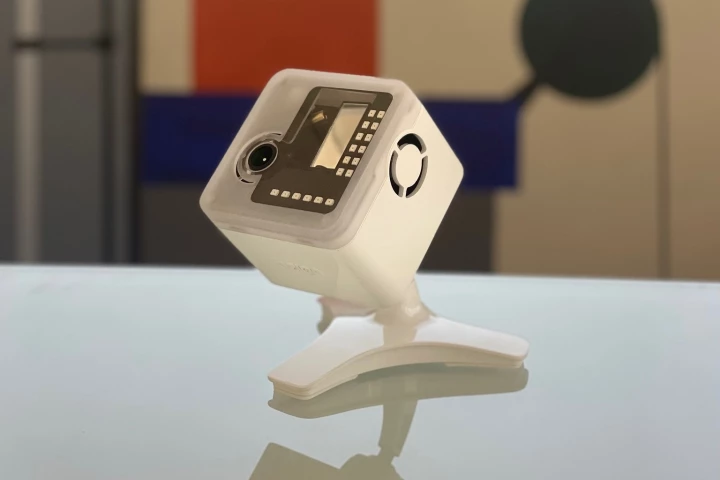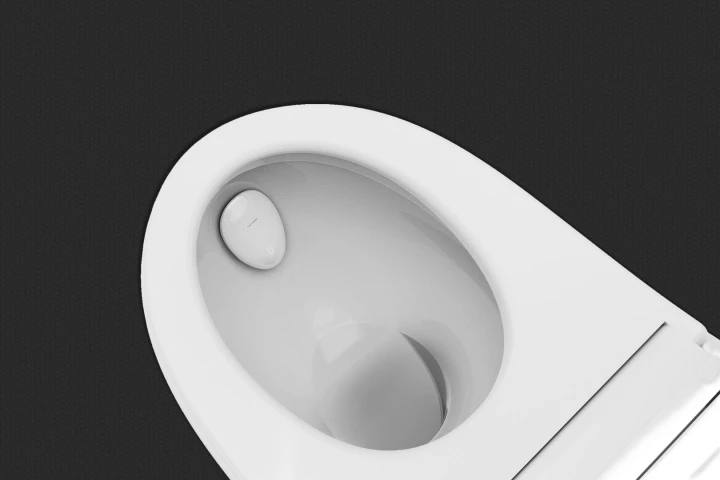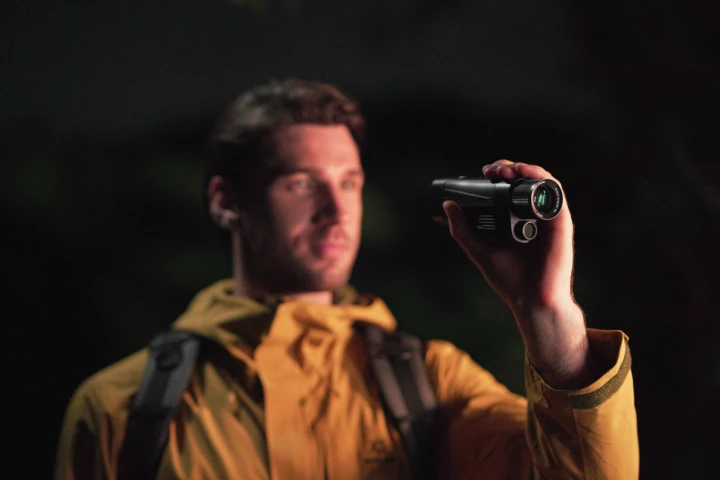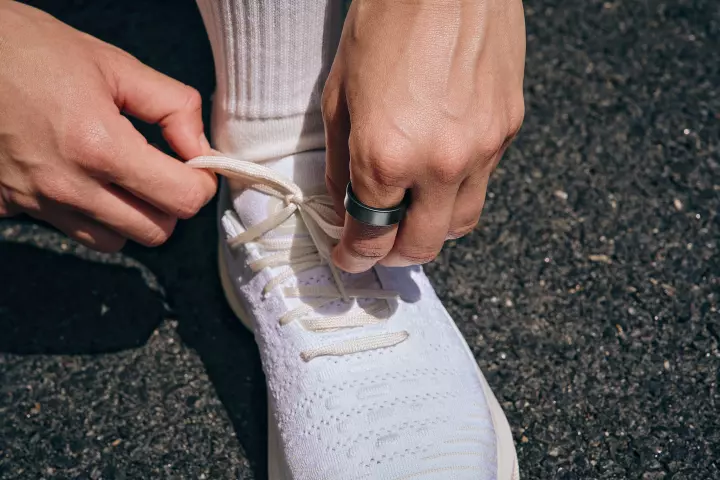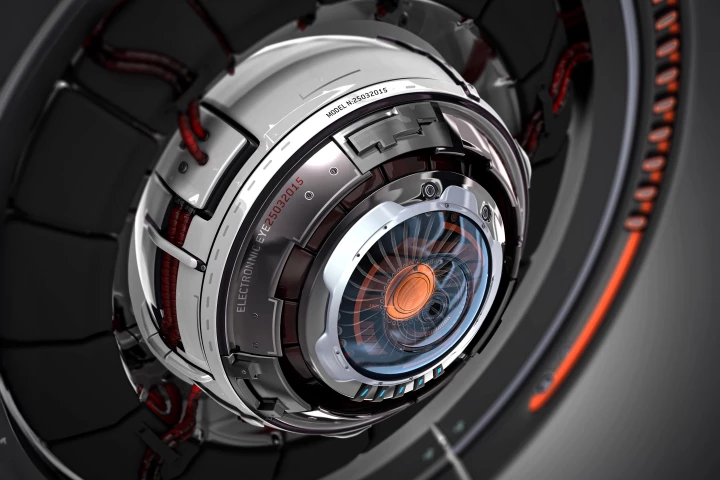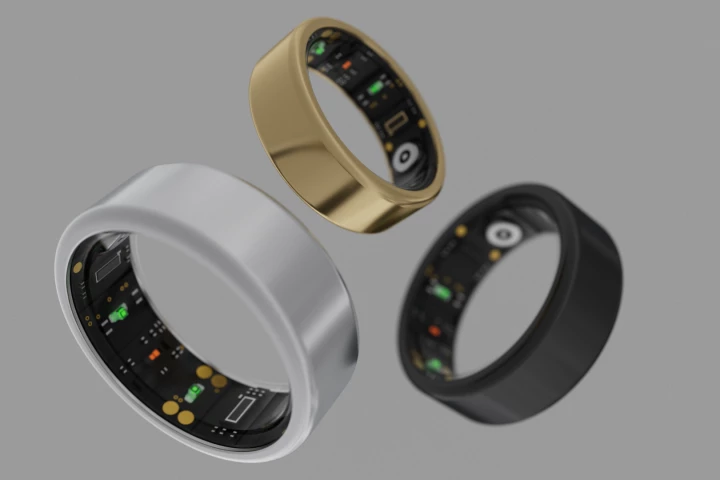Tracking
-
Nobody likes hearing a mosquito somewhere in their bedroom, without being able to see where it is. Well, the Bzigo Iris tracks and highlights mozzies, so you can swat them. It's now 50% cheaper, and doesn't require a Wi-Fi connection.
-
With help from small tracking gadgets plus the ubiquitous smartphone, we can now keep tabs on our belongings – wherever they may be. Now a startup is crowdfunding a nifty tag that includes an E Ink screen to display contact details and photos in color.
-
Roughly the size of an iPhone, the Shanmu S1 sticks onto the inside of a toilet bowl and automatically scans urine to help detect diseases early, and provide prescription guidance for the entire family.
-
Learning to play piano is a hard slog, and many people – myself included – tend to start well, and then lose momentum before giving up entirely. Roli is hoping to keeping students engaged with a gesture-tracking AI teacher called the Airwave.
-
Duovox has followed its successful Kickstarter for a military-grade night-vision monocular with a Pro version that promises to bring the hidden darkness into "true full color." The nocturnal adventure gadget is also joined by a teeny smartphone camera.
-
Mosquitoes are masters of evasion when indoors, seemingly disappearing after you unsuccessfully try to swat them or grab them out of the air. That's where the Bzigo Iris comes in, as it tracks them and shows you where they are.
-
Samsung has finally pulled back the official curtain on possibly its worst kept secret – the Galaxy Ring. Though there have been a number of similar wearables available from smaller companies for a while, this is the first from a major brand.
-
Self-driving cars are dependent on sophisticated sensors backed by lots of computing power. A research effort led by China's Tsinghua University is cutting down on computing requirements with a tracking system that only requires a single pixel to do the job.
-
The tracking of squid and other soft-bodied sea creatures may soon be a lot more doable, thanks to a new bioadhesive interface. It's claimed to be much gentler than current attachment methods, while still remaining up to the task.
-
Budget smartwatch maker Amazfit has unveiled the Helio Ring, a smart wearable that's not designed for casual fitness fanatics but is aimed at monitoring key health metrics that athletes need to maximize performance.
-
Tiny bursts of electrical energy caused by collisions of objects no wider than a pencil lead could one day allow pieces of space debris smaller than one millimeter in diameter to be tracked, reducing the danger to spacecraft in Earth orbit.
-
Folks looking to monitor health metrics while on the move will likely pop a smartwatch on their wrist. Those wanting a simpler option might go for a smart ring instead, and wearable outfit Omate has just launched the Ice Ring in Europe.
Load More
